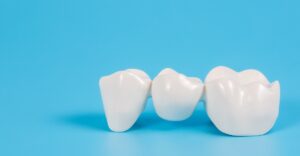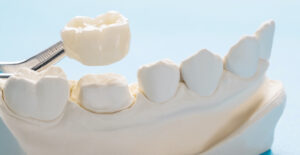Flossing helps to remove plaque from in between your teeth and under the gumline, in areas that your toothbrush can’t reach. It helps dislodge food particles and is an important adjunct to brushing.
How to Floss
- Wrap about 18 inches of floss around the middle fingers of your hands.
- Use your thumbs and forefingers to hold the floss, with about an inch between them, and gently slide the floss between your teeth. Avoid snapping or jerking the floss as it may injure your gums.
- When the floss reaches the gumline, curve it into a C-shape against one tooth and gently slide it into the space between the gum and the tooth until you feel pressure against the tooth.
- Gently rub against the side of the tooth with the floss.
- Repeat this method between all your teeth.
- Move to a clean area of floss after one or two teeth.
- Remember to clean behind the last tooth.
Tooth Flossing for Children
Children may find it easier to use a loop of floss. Take a piece of floss about 10 inches long and tie the ends together, into a circle. Then hold the floss tightly between the thumbs and forefingers to floss. Most children cannot floss their own teeth properly until about the age of 10.
Tooth Flossing Tips
Establish a regular pattern and time for flossing, so that you don’t miss any of your teeth.
Remember to be gentle when inserting floss between your teeth and under the gumline. Flossing can injure your gums if done improperly.
New flossers often experience some bleeding. This is normal and not a cause for alarm. After five days or so, it should stop. If it does not, visit your dentist.
Do not be discouraged with your first attempt. Flossing is a skill that is learned and after a while, it will take only a few minutes of your time. If you do not have good manual dexterity, you may find it helpful to use a commercial floss holder.












